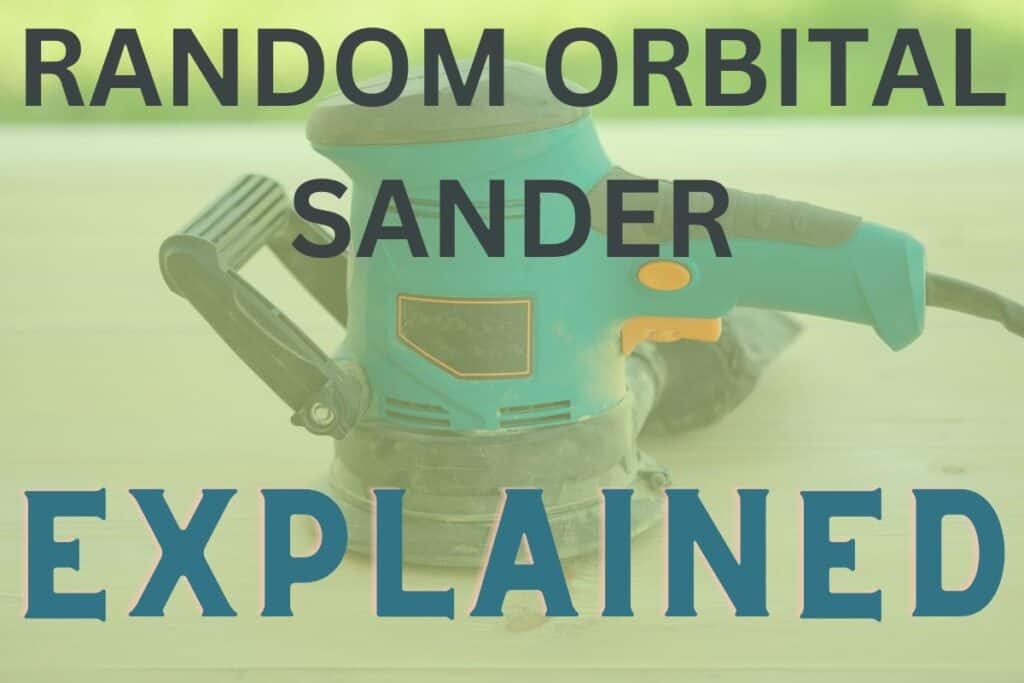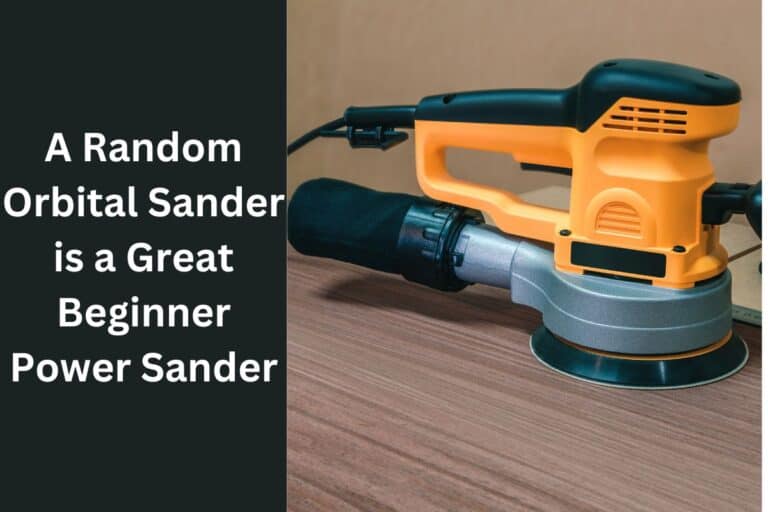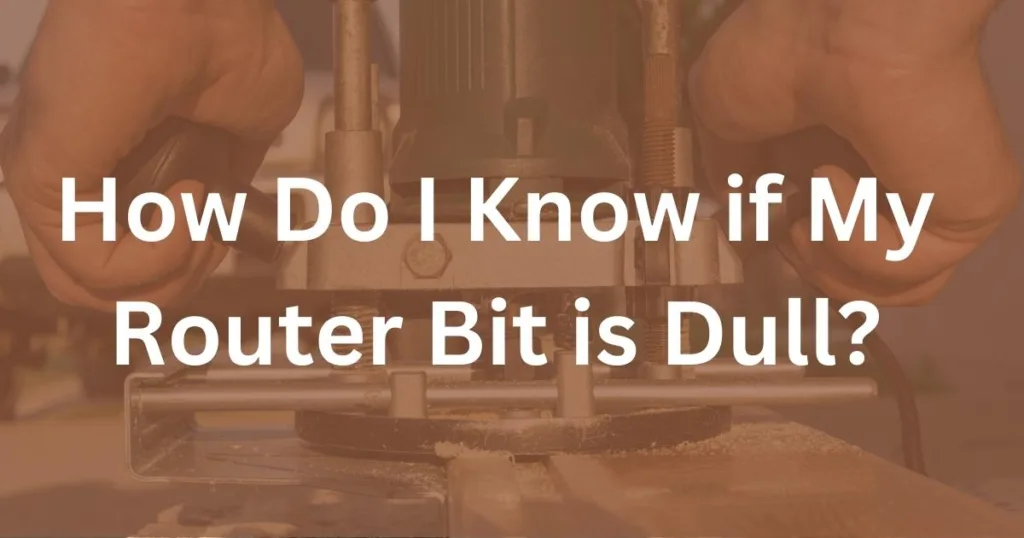
If you have landed on this page, you are probably here to try to better understand what a random orbital sander is. Maybe you heard someone talking about them, found one online, or have heard that it is a great beginner woodworking tool and want to learn more (which it is, we will get more into that later).
Regardless of the reason, in this article, we will be checking out what a random orbital sander is (and is not), and help you decide if it is something you need for your workshop. First, we will start with what a random orbital sander actually is.
Random Orbital Sander Defined
A random orbital sander is a sanding device that uses a circular sanding disc, with common sizes being either 5″ or 6″. The disc moves in two degrees of movement:
1) The first movement, is it spins in a circle around an axis that is not fixed and is not in the center of the tool.
2)The second movement, is the axis that the disc spins around that we mentioned above, which also orbits about the center of the tool in an elliptical orbit.
The combined movements of the sanding disc create a randomized pattern that minimizes noticeable swirl marks and ensures that no one piece of abrasive travels the same path. The random orbital sander can be powered by electricity or air and uses either a hook and loop style or a pressure adhesive style disc.
Random Orbital Sander vs. Orbital Sander: What is the Difference?

A common mistake is assuming that a random orbital sander and a regular orbital sander are the same. This can cause some confusion and frustration, especially if you are new to the idea of a random orbital sander. To help further define a random orbital sander, we will briefly cover the difference between the two common types of orbital sanders.
As you may have guessed by now, one sander orbits randomly, while the other does not. That is pretty much all there is to it. A regular orbital sander will make the same path every time it goes into another orbit, which can cause some unwanted effects such as swirls to appear. While, a random orbital sander will go on a new path every time it goes into another orbit, helping eliminate any distinct patterns that can be noticed in the wood.
Here are a few of the most common types of regular orbital sanders:
- Palm Sander
- Finish Sander
- Detail Sander
What is a Random Orbital Sander Used For?
A random orbital sander is an extremely versatile tool for the workshop. It was my first power sanding tool, and it has been an invaluable addition to the shop. So, what exactly can a random orbital sander be used for?
1.) For one, a random orbital sander can be used on a large variety of materials, such as:
- Wood
- Metal
- Plastic
- Drywall
2.) The random orbital sander can be used for anything from aggressive material removal to finish sanding (Disclaimer Ahead). If you have a hook-and-loop random orbital sander, changing from a more aggressive heavy grit to a finer one is quite painless and can speed up your project.
Disclaimer: Most people use their random orbital sanders for the final pass during the finish sanding step, but this is not necessarily the best route to go. We recently wrote an article that details why a final hand-sanding pass is better. You can read that article here.
3.) The random orbital sander can be used to strip paint or finish off wood without leaving massive gouges in your workpiece (unlike a belt sander).
4.) Random orbital sanders excel at sanding flat surfaces and getting them closer to being ready for a finish.
What is a Random Orbital Sander NOT Used For?
The random orbital sander excels at so many things, it can be hard to know exactly where its downfalls lie. That’s why we have put together a list of some tasks that are not suited for the random orbital sander. Some of the items are technically possible but are not ideal. This list should also not be seen as extensive. It is more or less to help provide you with a general idea of where you may want to look into other options.
1.) The random orbital sander is circular by nature, and therefore can’t get into inside corners. It will also not be able to deal with contours, so any decorative trim or rounded surfaces may be problematic.
2.) Trying to dimension rough-sawn lumber with a random orbital sander, or any sander for that matter, will more than likely not work out. If you are trying to dimension lumber, you will want to revert to a tool that can cut it to size, and is better suited to be done with a jointer or a planer.
3.) A random orbital sander typically has a 5 or 6-inch sanding disc that can be more than enough for most projects. However, if you are attempting to sand very large surface areas such as a wood floor or deck, it would be wise to look for another tool for the job.
Is a Random Orbital Sander a Good Beginner Tool?

In my opinion, absolutely. My first powered sander purchase was a random orbital sander, and it was a God send after hand sanding everything up to that point. I was able to get my sanding done in a fraction of the time and was able to do it without scarring up my project.
If you had just enough funds to invest in only one power sander, I would recommend the random orbital sander. It can be such a versatile tool. Sure it has some drawbacks, where you will have to revert to hand sanding, such as tight corners. But, for those large flat surfaces, it was a huge upgrade in my shop.
The projects where I saw the most benefit after I purchased the random orbital sander were on a bookshelf, and a floating shelf I had made. It took hours off the time it would have originally taken, and was well worth the price.


